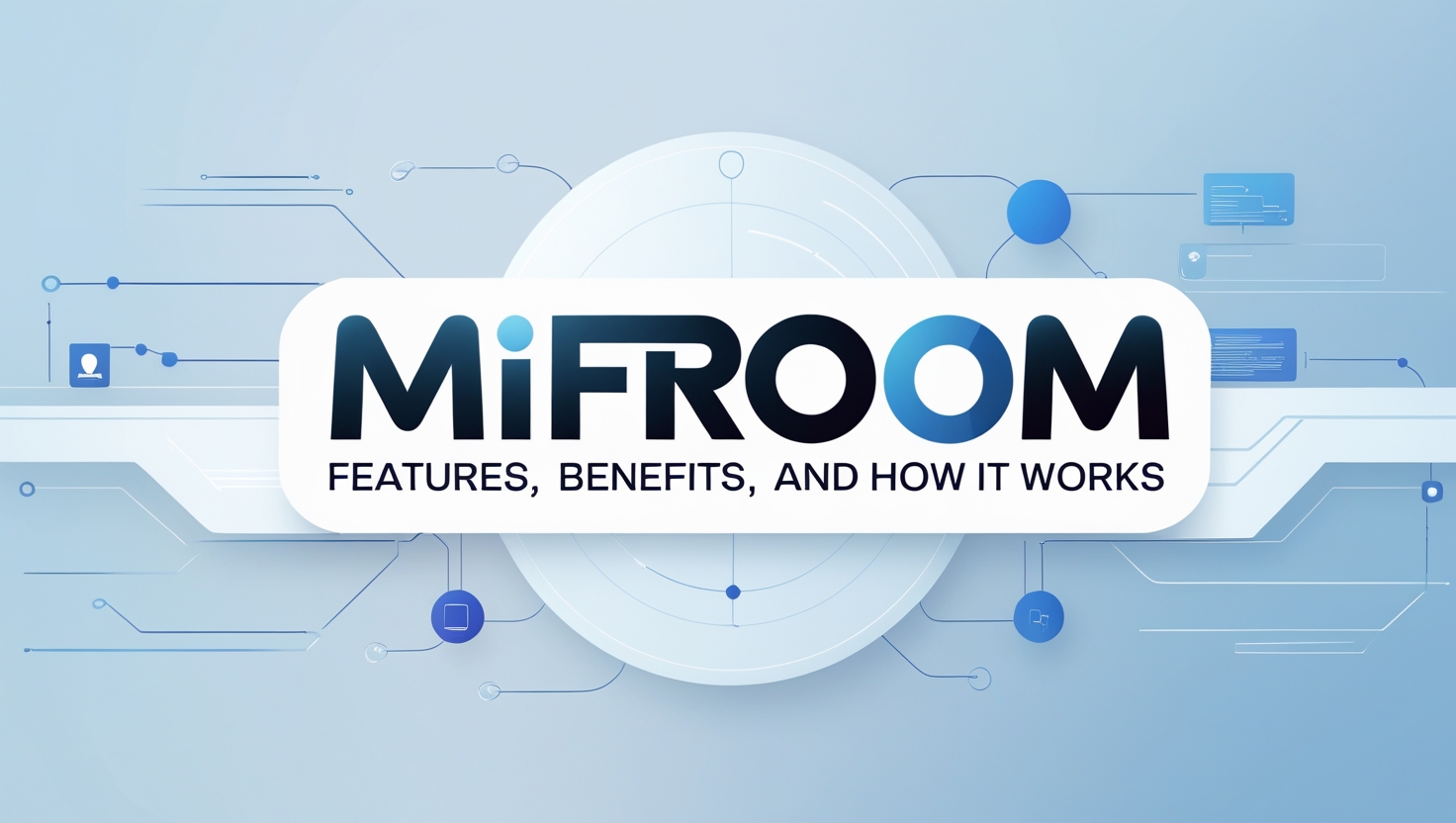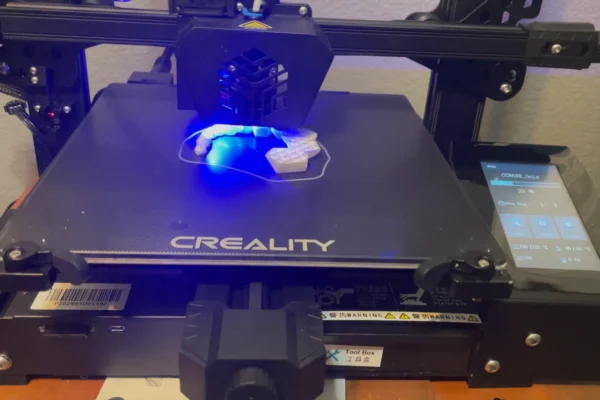Introduction
The boundaries between physical and digital worlds are rapidly dissolving, reshaping how people interact with their environments. From smart homes to immersive workplaces, the concept of “space” is evolving into something far more dynamic than walls and furniture. At the heart of this transformation stands Mifroom, a groundbreaking platform that reimagines how we experience, design, and optimize spaces. By merging advanced technologies with human-centered design, Mifroom is not just adapting to the digital age—it’s pioneering it.
Transforming Everyday Spaces
Traditional spaces, whether personal or professional, are often limited by static design and fixed utility. Mifroom disrupts this norm by embedding intelligent digital layers into environments, making them responsive and adaptive. Imagine a room that adjusts lighting automatically for creative brainstorming sessions, modifies acoustics for collaborative meetings, or transitions seamlessly into a virtual workspace for global teams.
The Power of Smart Digital Integration
Mifroom’s strength lies in its seamless integration of multiple technologies. Combining IoT (Internet of Things), AI-driven personalization, and immersive AR/VR interfaces, it provides a unified experience that anticipates user needs. For example, smart sensors can detect occupancy levels, adjusting temperature and lighting to match preferences. Augmented reality overlays can transform a living room into a design studio, while AI learns from behavior patterns to fine-tune experiences over time.
What sets Mifroom apart is its focus on simplicity. While the backend is powered by advanced technologies, the user experience remains intuitive, eliminating the complexity that often comes with digital innovation.
Enhancing Collaboration and Creativity
Beyond convenience, Mifroom revolutionizes how people collaborate and create. In business settings, it enables hybrid teams to connect as though they share the same physical space, reducing barriers between on-site and remote participants. Interactive digital walls can host real-time brainstorming sessions, while immersive environments foster deeper engagement and creativity.
For individuals, Mifroom offers new ways to experience personal spaces. A bedroom can double as a relaxation zone with calming digital landscapes or transform into a fitness hub with guided holographic workouts.
Sustainability Through Smarter Spaces
Mifroom is not just about convenience and aesthetics—it also champions sustainability. By optimizing energy usage with real-time monitoring, it reduces waste and promotes eco-friendly practices. Automated controls ensure that energy is not wasted on empty rooms, while predictive analytics help organizations reduce their carbon footprint without sacrificing efficiency.
Conclusion
Mifroom represents a bold step into the future, where spaces are no longer static structures but living, adaptable ecosystems. By blending IoT, AI, and immersive interfaces, it redefines how people live, work, and connect in both personal and professional environments. Its focus on personalization, collaboration, and sustainability ensures that it is more than a technological tool—it’s a lifestyle transformation.






